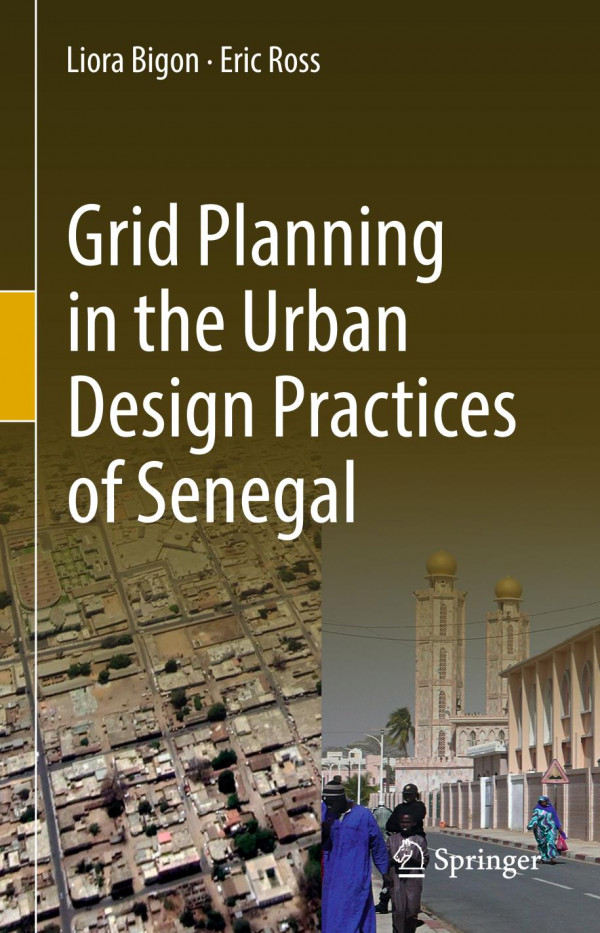

Most ebook files are in PDF format, so you can easily read them using various software such as Foxit Reader or directly on the Google Chrome browser.
Some ebook files are released by publishers in other formats such as .awz, .mobi, .epub, .fb2, etc. You may need to install specific software to read these formats on mobile/PC, such as Calibre.
Please read the tutorial at this link: https://ebookbell.com/faq
We offer FREE conversion to the popular formats you request; however, this may take some time. Therefore, right after payment, please email us, and we will try to provide the service as quickly as possible.
For some exceptional file formats or broken links (if any), please refrain from opening any disputes. Instead, email us first, and we will try to assist within a maximum of 6 hours.
EbookBell Team

4.3
88 reviewsThis book is the first to trace the genealogy of an indigenous grid-pattern settlement design practice in Africa, and more specifically in Senegal. It does so by analyzing how the precolonial grid-plan design tradition of this country has become entangled with French colonial urban grid-planning, and with present-day, hybrid, planning cultures. By thus, it transcends the classic precolonial-colonial-postcolonial metahistorical divides.
This properly illustrated book consists of five chapters, including an introductory chapter (historiography, theory and context) and a concluding chapter. The chapters’ text has both a chronological and thematic rationale, aimed at enhancing Islamic Studies by situating sub-Saharan Africa’s urbanism within mainstream research on the Muslim World; and at contributing directly to the wider project of de-Eurocentrizing urban planning history by developing a more inclusive, truly global, urban history.